The first days of public testing of Tesla's robotaxi in Austin, Texas, have been marked by numerous traffic incidents and operational errors, according to videos posted by people selected by the company to experience it.
As Tesla's sales decline, the electric car company's financial future depends heavily on the success of its self-driving technology - an area in which CEO Elon Musk has placed high hopes.
Mr Musk has said he will soon roll out the service to other US cities and predicted millions of Teslas will be "fully autonomous" by the second half of next year.
While Tesla enthusiasts who were invited to participate in the testing expressed support and shared videos showing the cars running smoothly for hours, the incidents still raised concerns from experts and federal road safety officials.
Recorded errors include robotaxes going in the wrong lane, dropping off passengers in the middle of the road or at intersections, braking suddenly, speeding, and even climbing onto curbs.
In one notable instance, a robotaxi veered into the oncoming lane for about six seconds. In another incident, the vehicle suddenly braked despite no apparent obstruction. A video shows a robotaxi stopping abruptly twice in the middle of the road while passing a police car with its hazard lights on. These tests involved a safety monitor sitting in the passenger seat.
Philip Koopman, a Carnegie Mellon University professor and expert in autonomous driving technology, said the emergence of so many videos of driver errors in the early days was "quite early" and unexpected.
Tesla is currently testing about 10-20 robotaxes, which are standard Model Y models equipped with advanced software.
Austin city representatives said they were aware of the incidents and were actively working with Tesla to ensure traffic safety.
Fortunately, the recorded incidents did not result in accidents. Some experts, such as Alain Kornhauser of Princeton University, say the robotaxi handled the situation well, perhaps even better than experienced human drivers.
Interestingly, passengers don't seem too bothered by operational errors — as was the case with Farzad Mesbahi, a former Tesla program manager.
During the test drive, he opted to “get out early,” and the car stopped at a traffic light. While he admitted the car shouldn’t have stopped there, both he and his co-driver saw it as an opportunity for Tesla to improve.
Musk’s promise of fully autonomous Teslas has been around for years but has yet to materialize. The robotaxi service is being rolled out for a limited group of users, operating in a limited area and avoiding complex conditions, for a fee of $4.20.
Tesla rivals — like Alphabet's Waymo and General Motors' Cruise — have also encountered similar problems during their Austin debuts, with dozens of robotaxis blocking traffic or failing to follow directions.
A serious accident in 2023 forced Cruise to suspend operations. Currently, Waymo is the only robotaxi service in the US that carries passengers for a fee without a human in the car./.
Source: https://www.vietnamplus.vn/robotaxi-cua-tesla-lien-tuc-mac-loi-trong-nhung-ngay-dau-thu-nghiem-post1046519.vnp


![[Photo] General Secretary To Lam receives President of the Senate of the Czech Republic Milos Vystrcil](/_next/image?url=https%3A%2F%2Fvphoto.vietnam.vn%2Fthumb%2F1200x675%2Fvietnam%2Fresource%2FIMAGE%2F2025%2F11%2F21%2F1763723946294_ndo_br_1-8401-jpg.webp&w=3840&q=75)
![[Photo] National Assembly Chairman Tran Thanh Man holds talks with President of the Senate of the Czech Republic Milos Vystrcil](/_next/image?url=https%3A%2F%2Fvphoto.vietnam.vn%2Fthumb%2F1200x675%2Fvietnam%2Fresource%2FIMAGE%2F2025%2F11%2F21%2F1763715853195_ndo_br_bnd-6440-jpg.webp&w=3840&q=75)

![[Photo] Visit Hung Yen to admire the "wooden masterpiece" pagoda in the heart of the Northern Delta](/_next/image?url=https%3A%2F%2Fvphoto.vietnam.vn%2Fthumb%2F1200x675%2Fvietnam%2Fresource%2FIMAGE%2F2025%2F11%2F21%2F1763716446000_a1-bnd-8471-1769-jpg.webp&w=3840&q=75)

![[Photo] President Luong Cuong receives Speaker of the Korean National Assembly Woo Won Shik](/_next/image?url=https%3A%2F%2Fvphoto.vietnam.vn%2Fthumb%2F1200x675%2Fvietnam%2Fresource%2FIMAGE%2F2025%2F11%2F21%2F1763720046458_ndo_br_1-jpg.webp&w=3840&q=75)


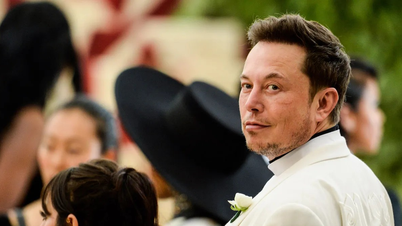



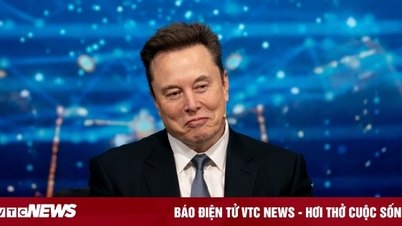

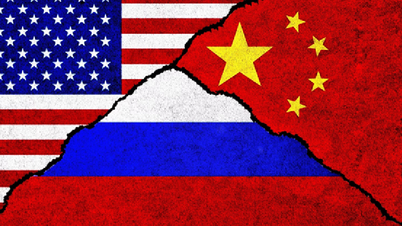
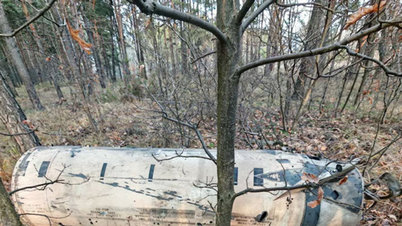
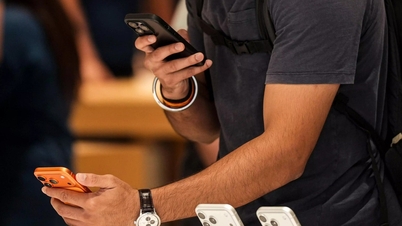

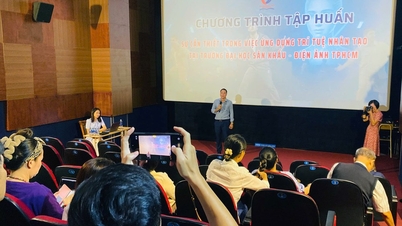

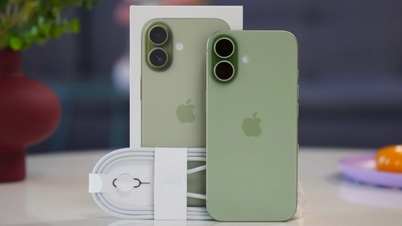



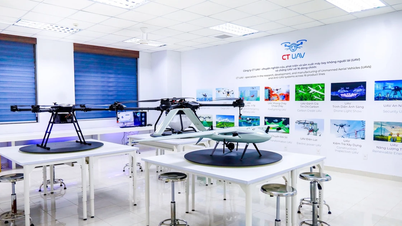
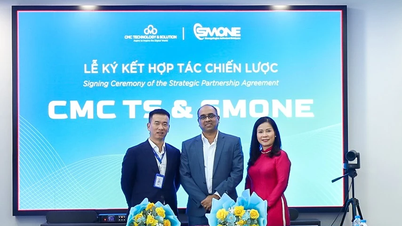
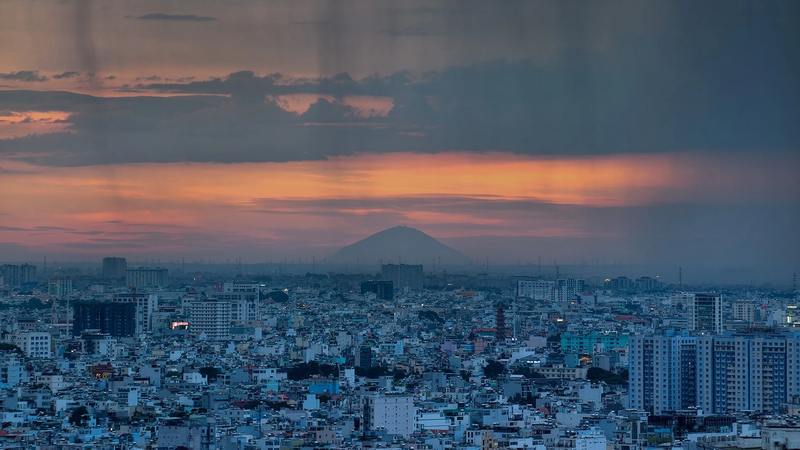
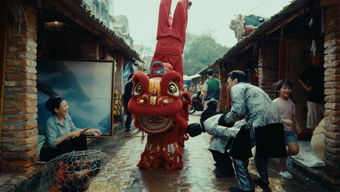


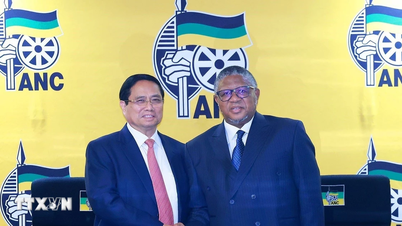
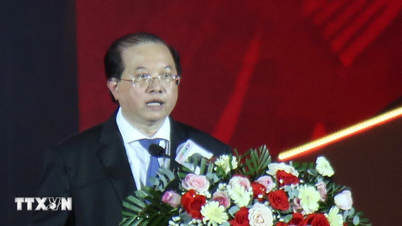

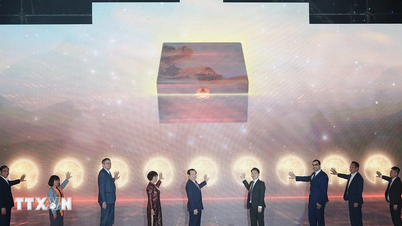
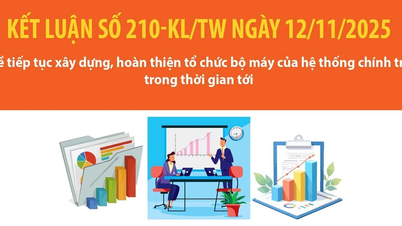
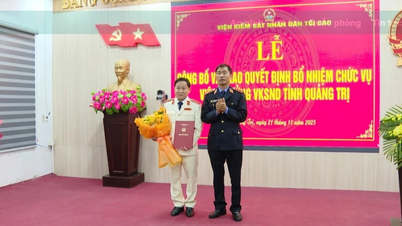




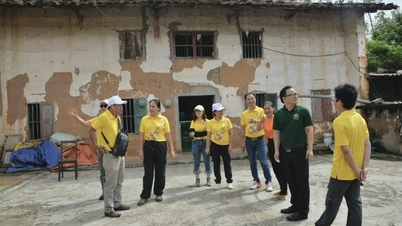

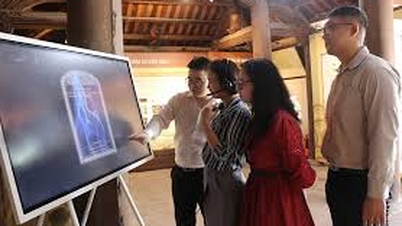

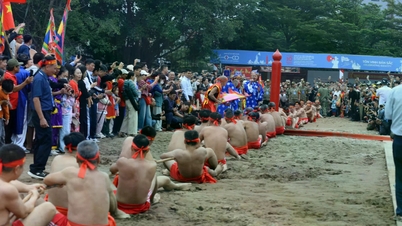



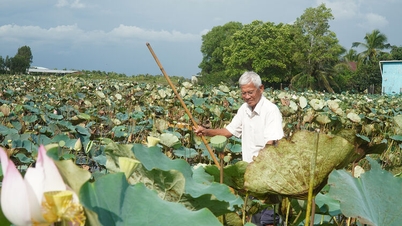




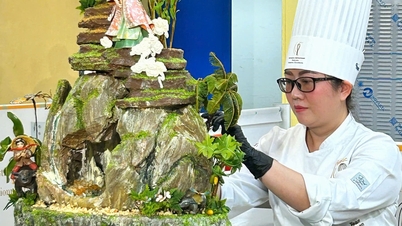



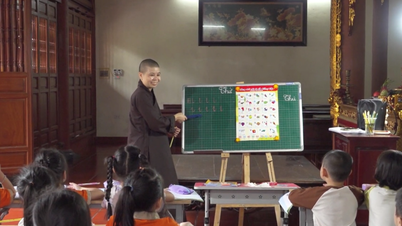

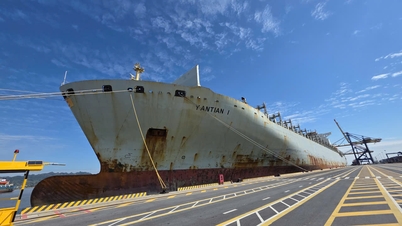
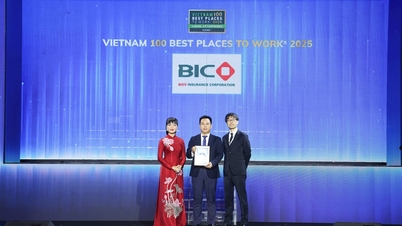



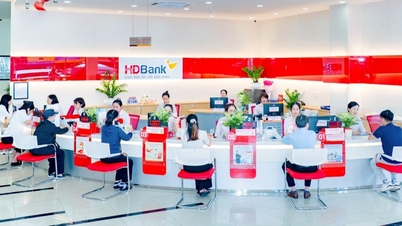
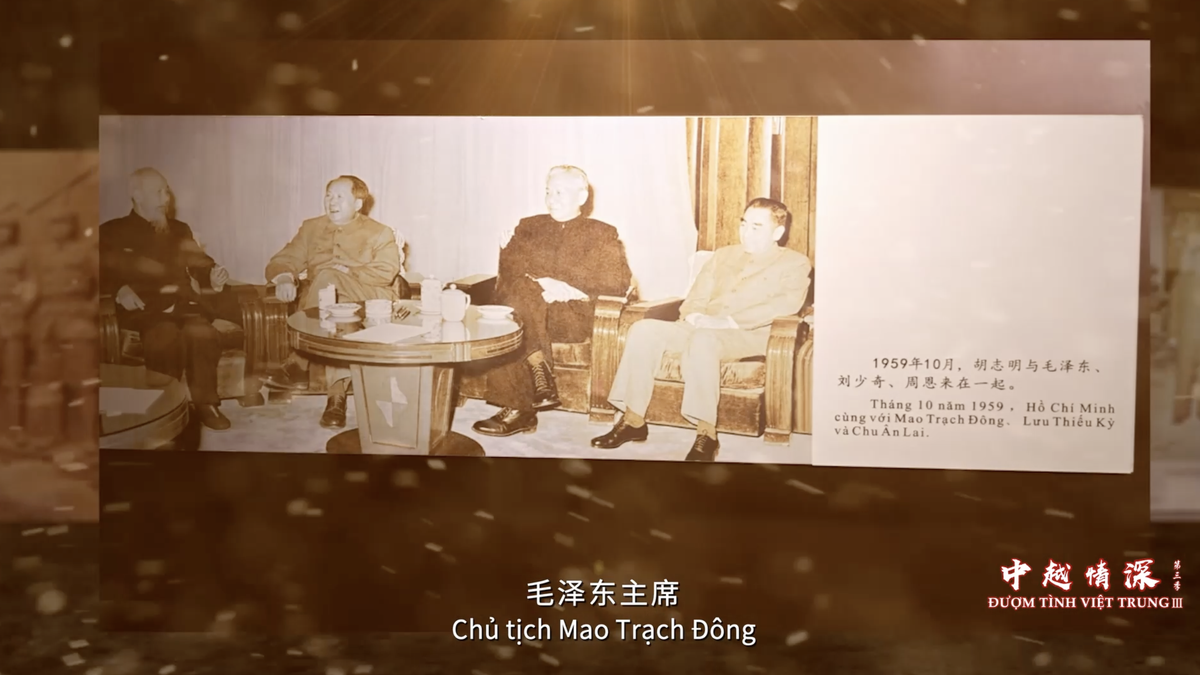

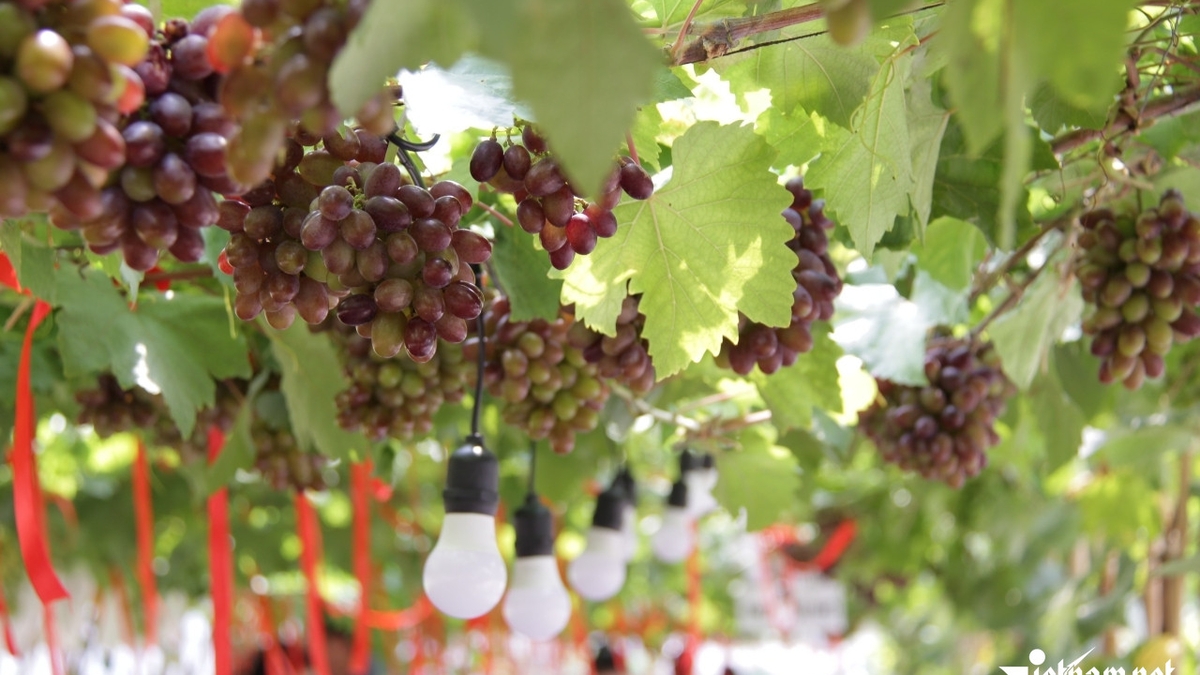


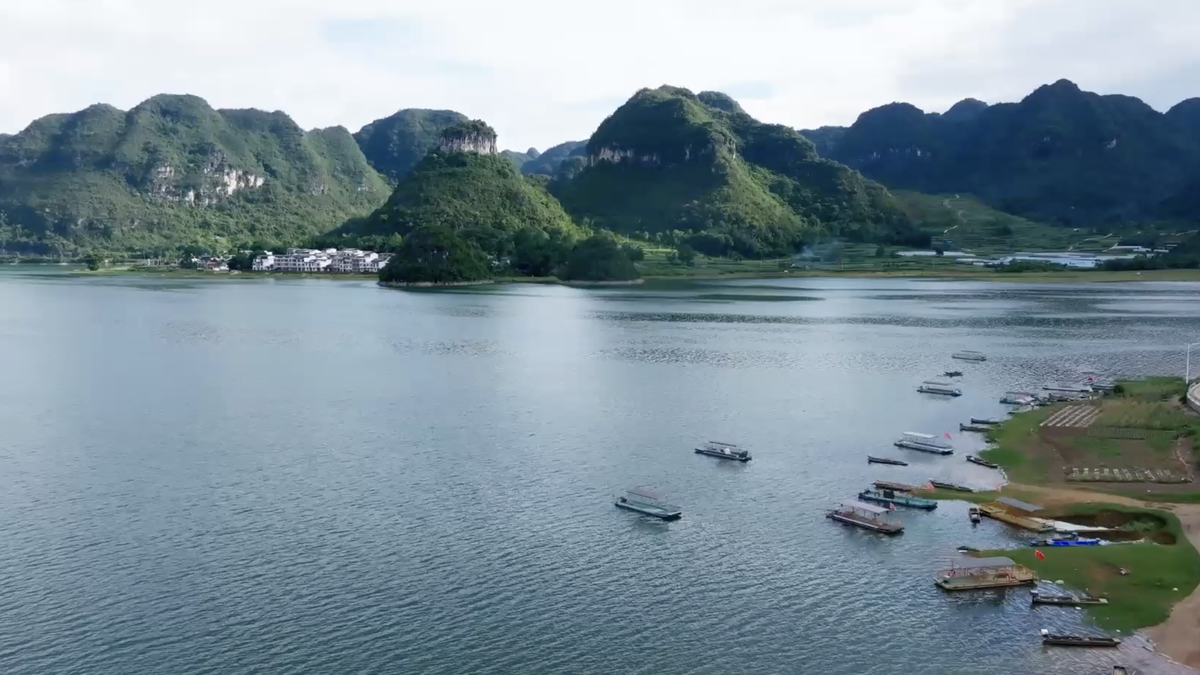
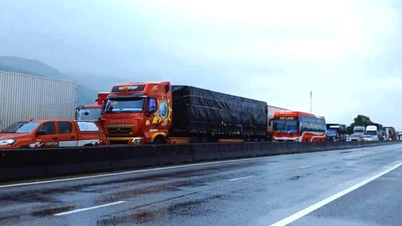

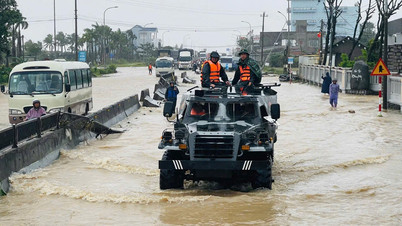
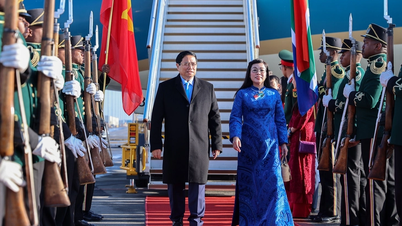
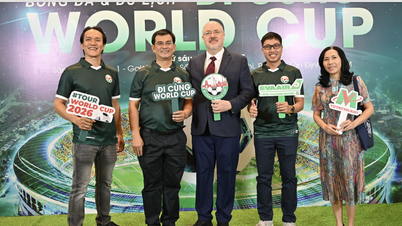
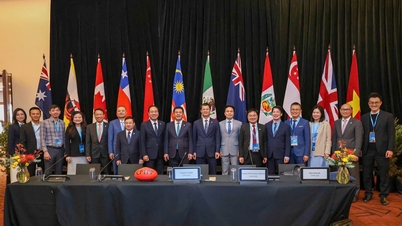

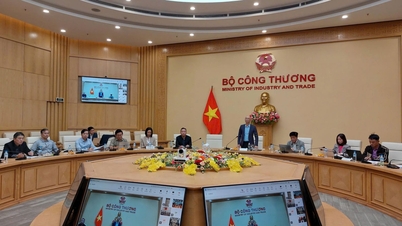

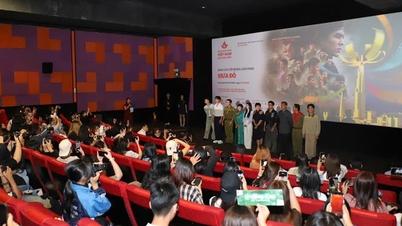



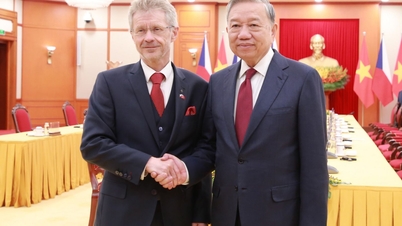
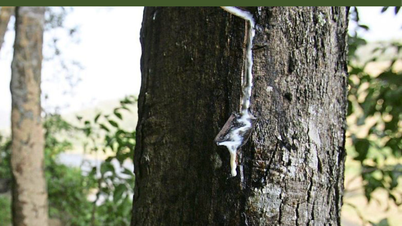



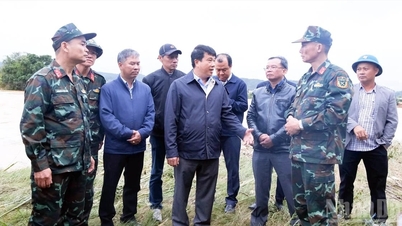
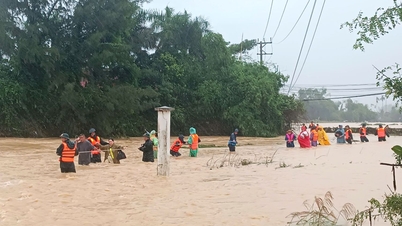

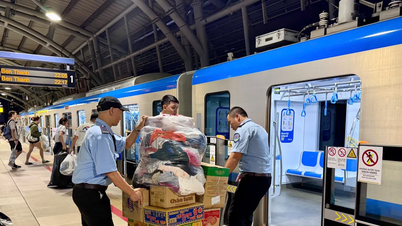

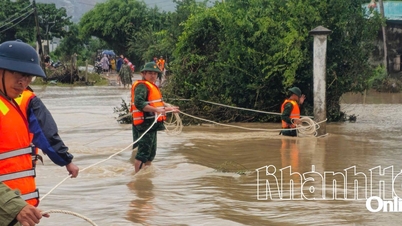


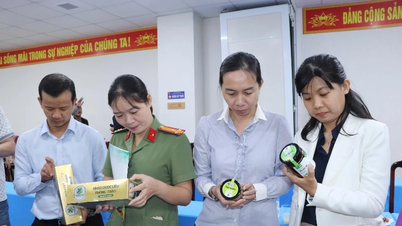



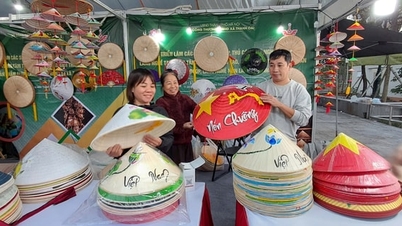
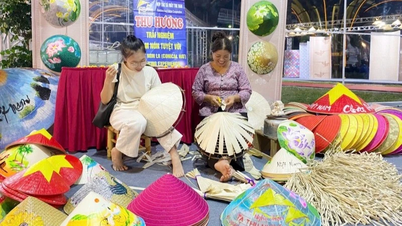
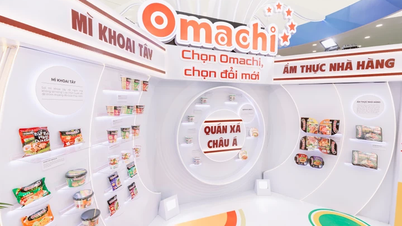



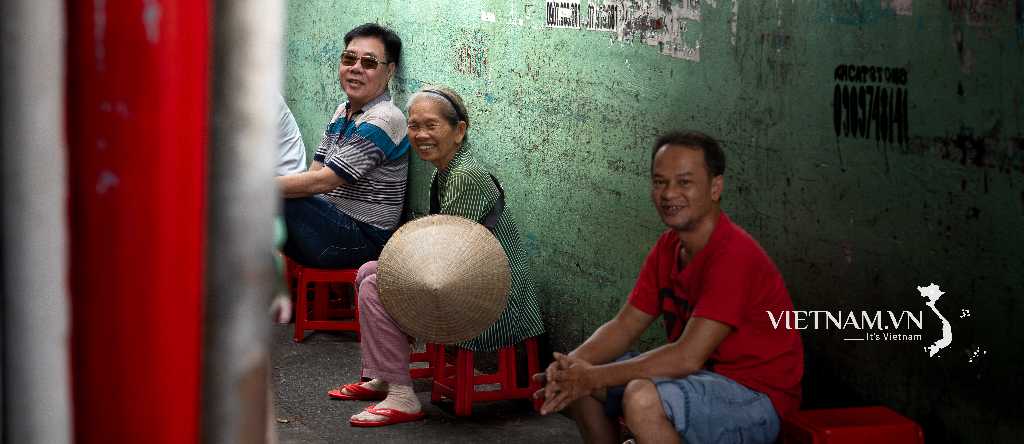

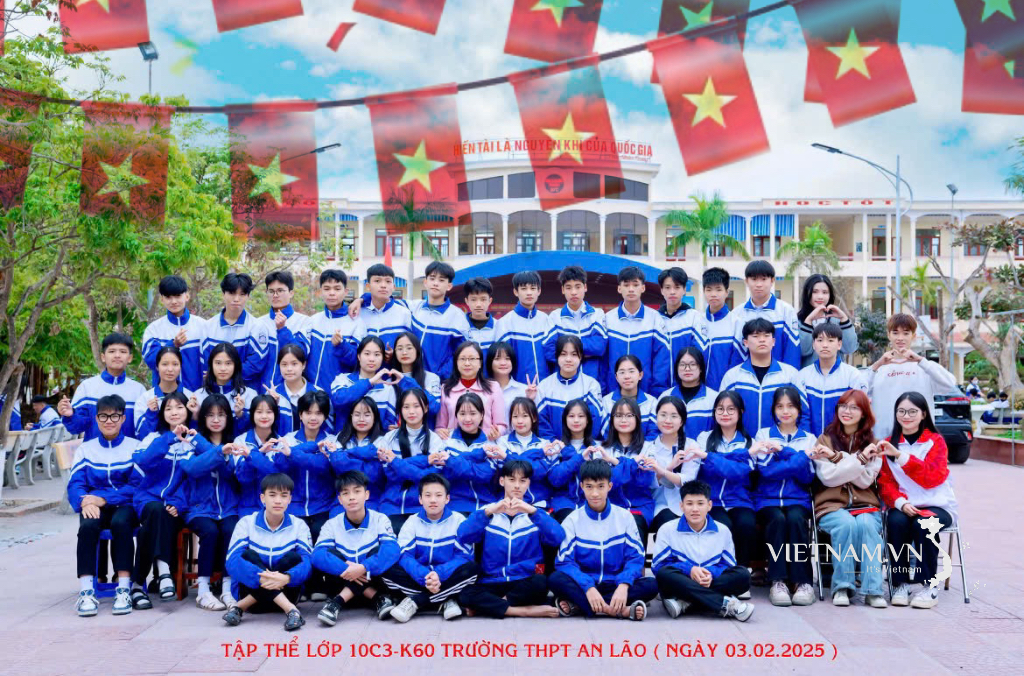
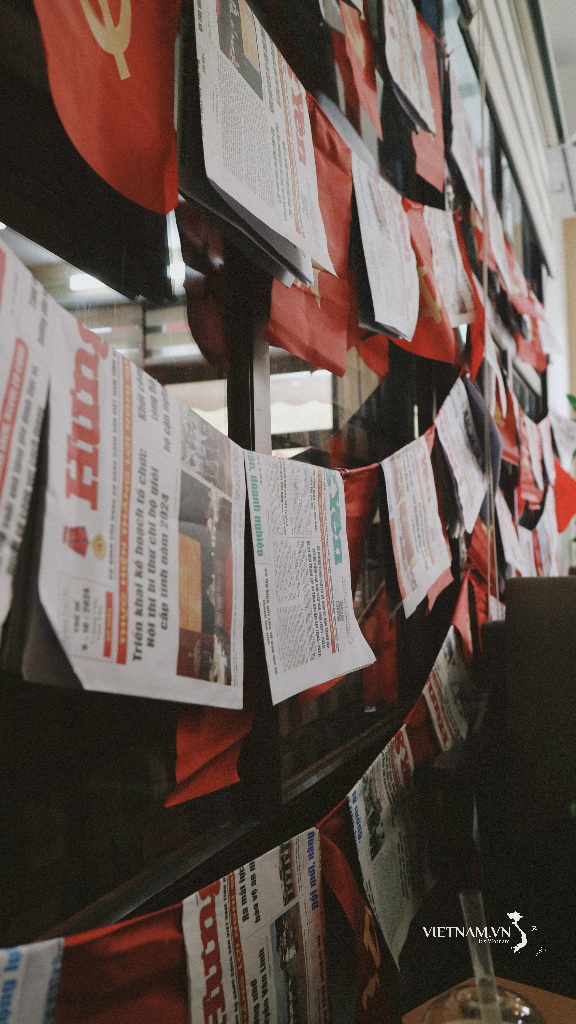
Comment (0)